Get Instant Motorcycle and ATV Transport Quotes With Movewheels
Get My Quotes Now!
Owning a motorcycle or an ATV is much more than just having a mode of transportation – there is a whole lifestyle to it. These sport and pleasure vehicles were made to bring their owners the feeling of freedom, excitement, and adrenaline out there on the road…
We totally share your passion for these bad boys and will be more than happy to assist you in relocating your favorite two-, three- or four-wheeler. Whether you are purchasing it out of state, moving your household to a different location, going on a vacation, or attending a rally, the shipping procedure will not be very different from regular car shipping.
So in this guide you can get info on such topics as:
We understand your decision-making dilemma at this point: on one hand you really need to get your motorcycle to the destination point safely and timely but on the other hand it’s hard to trust somebody with moving your bike especially if you have never done it before.
Speaking from our experience, there are several reasons for hiring a professional shipping company to take care of your motorcycle:

But if you need to transport your vehicle on a short distance, and have a pick up with a special trailer, it makes no difficulties for you to transport your bike or ATV. Nevertheless, we recommend you to pay attention to the process of the loading on and off. Check the video below there are some tips that can help you.
Check the video below there are some tips that can help you.
Today you can find a huge variety of motorcycles and ATVs in all shapes and sizes, designed for different purposes: touring, cruising, sport, extreme etc. But the most important criteria that determine the shipping process and cost are:
If it’s a luxurious Harley or vintage World War I veteran bike then you would most likely want to choose an enclosed trailer for relocating it;
Vast majority of bikes comes within pretty standard range of sizes (about 70”-90”L, 30”-35”W, 30”-35”H) and can easily fit in a bike crate or a trailer even if some of them are a little bigger than standard size bikes.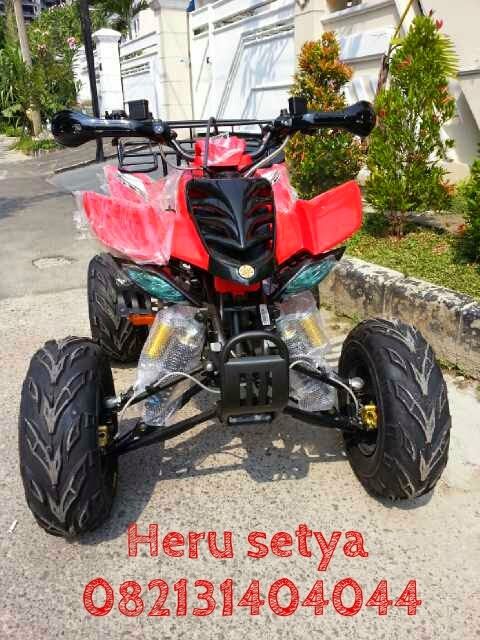
Since the range of motorcycle sizes is not very wide, most of them can be shipped the same way without any restrictions. Moreover, the price is likely to be lower for smaller bikes and scooters as they don’t take up much space in the trailer and can easily be combined with other vehicles.
ATVs (all terrain vehicles) can be divided into four classes based on their size:
Shipping options for large ATVs of Class I, all types of Class II and IV ATVs are a bit different from motorcycles due to their bigger size and weight.
They cannot be crated (as maximum outside dimensions of a crate are 98″L, 47″W, 50″H ) but they can be transported as a regular small SUV (note that the price for shipping such ATVs will be higher than shipping a motorcycle).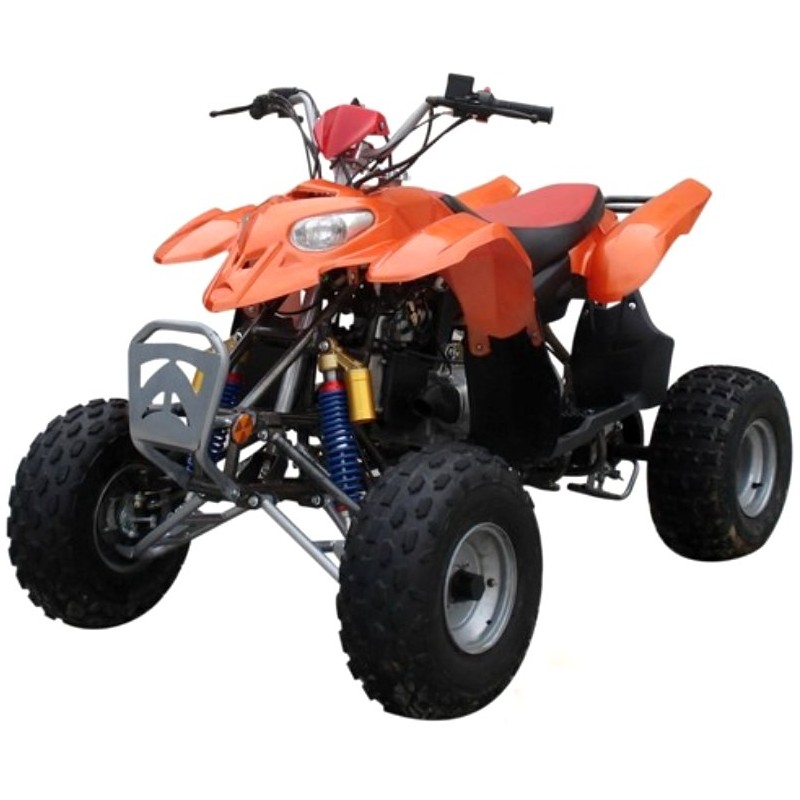
When choosing the best option for moving your motorcycle or ATV, such factors as distance, vehicle value and type should be taken into consideration in the first place. Depending on these factors, you can choose between open and enclosed carrier.
Since motorcycles and ATVs are smaller than regular sedans they are much more sensitive to carrier’s maneuvers on the road. That’s why no matter what type of transportation you choose, your vehicle will be safely secured with soft ties on a pallet to reduce any undesirable movement of the vehicle. However, some extra preparations for shipping a motorcycle or an ATV will still be required.
In car shipping enclosed trailers are primarily used for shipping luxurious cars while open car haulers are widely used for all types of cars on both short and long distances. However, the structure of motorcycles and ATVs is much more sensitive to external influence as most of their parts, including engine, are exposed.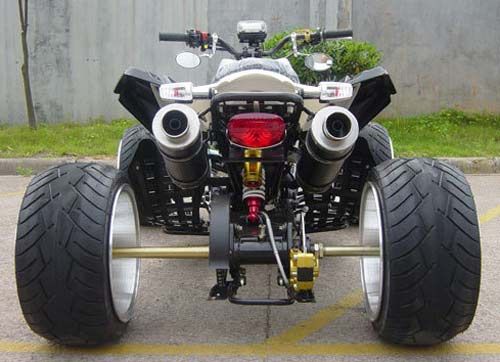 That’s why open type of transportation is not very common for shipping these types of vehicles
That’s why open type of transportation is not very common for shipping these types of vehicles
However open carrier can still be considered if:

Enclosed carrier is usually considered if:
*if your vehicle doesn’t meet these size restrictions (i.e. large Side-by-Side ATV) it is considered as oversized and requires a special procedure for oversized vehicle shipping.
Enclosed method of shipping bikes and ATVs has several options to choose from:
Crated shippingThis is the most common and safe way of moving motorcycles and ATVs which implies securing your vehicle on a pallet inside a wooden crate. Such crating protects both your vehicle and other vehicles shipped alongside. Crated shipping requires certain preparation: draining all fluids from the bike or ATV, disconnecting the battery, removing the mirrors and sometimes handlebars and the most important – getting an actual crate.
When getting a motorcycle or ATV crate, keep in mind that the outside dimensions of a crate cannot exceed 98″L, 47″W, 50″H. Thus, crated shipping cannot be used for shipping ATVs of Class II and IV as well as large examples of Class I
Uncrated shippingThis type of shipping does not require pallets or crates as the carrier’s trailer is equipped with special harness system which secures your bike or ATV to the walls and the floor of the trailer using soft tiedown straps.
Metal pallet shippingThe carrier provides with a metal pallet and soft tiedowm straps to secure your bike inside the trailer, creating a perimeter of protection around your vehicle.
Just the same as metal pallet shipping with the only difference that the pallet is made of wood and costs a little less than the metal one.
ALL MENTIONED TYPES OF TRANSPORTATION ARE NOT ONLY SAFE BUT ALSO COMPLETELY COVERED BY CARRIER’S INSURANCE
Types of loading a motorcycle or an ATV on the truck/trailer are closely connected with the type of shipping you choose to go with.

Planning to sell your motorcycle or ATV abroad? Attend a rally or show in a different country? Go cruising around Europe? We deal with various types of international transportation, arranging shipments to any country and meeting particular needs of every client. There are three common ways to ship a bike or ATV:
Container shippingThe most common and cheapest option for shipping since a container is usually shared between several vehicles. Vehicles are loaded into the container by a forklift.
RoRo shippingShort for “Roll on/Roll off”
More expensive than container shipping as a special crate or pallet will be required for each vehicle. A motorcycle or ATV is secured on a pallet or in a crate and rolled up the ramp to the transport ship.
The fastest and most expensive type of transportation. Vehicles are safely strapped on a pallet or inside a crate in a special luggage space inside a plane.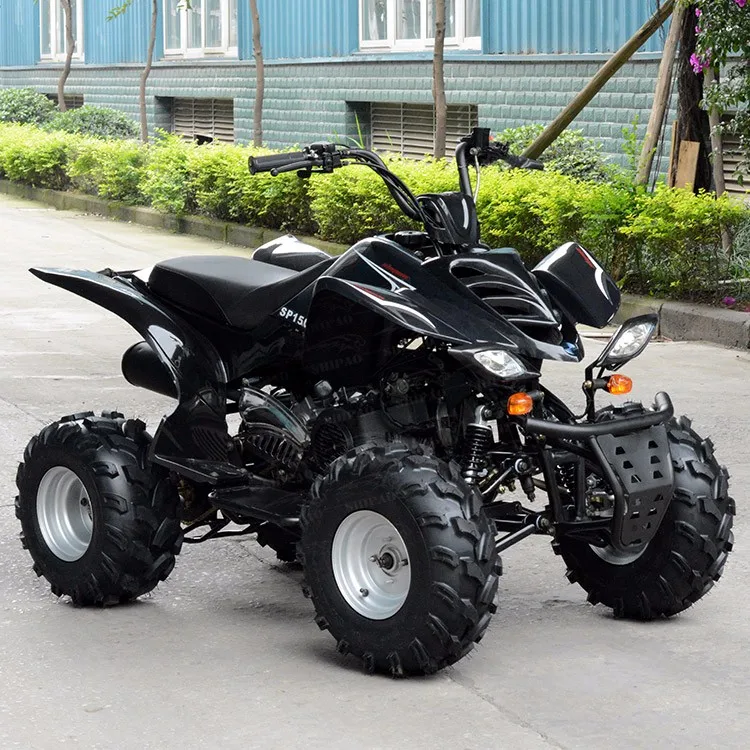 We can arrange international shipping from a port if you plan to drive your car there yourself or hire a driver to pick up the vehicle at your front door, take it to the port and proceed with international shipping.
We can arrange international shipping from a port if you plan to drive your car there yourself or hire a driver to pick up the vehicle at your front door, take it to the port and proceed with international shipping.
The shipping time consists of two parts: the pick up window and the actual transit time.
The pick up window mostly depends on the type of shipping you chose for your transportation: carriers with open haulers as well as trailers for crated vehicles can be found in 1 day (unless the pick up area is rural or remote) while getting a carrier with a pallet can take up to 1 week.
The actual transit time depends on the distance and road conditions. The drivers typically cover about 300 miles per day. See the table of correlation between time and mileage.
We will be reporting to you on all the options we find for shipping your bike or ATV so that you can choose the one that suits you the best.
As you can see, there are a lot of factors that can affect the price of the shipment:

Nevertheless, the cost to ship a motorcycle or a small ATV is cheaper than shipping a regular sedan as they take up less space and can be combined with other vehicles.
Once you submit a request or contact us directly we will be able to provide you with a customized quote for shipping your particular motorcycle or ATV right away.
The best way to ship an engine is with LTL freight. LTL stands for less-than-truckload and works by sharing trailer space with other shippers. By choosing this option, you are able to quickly ship your engine at an affordable price. But first, whether it’s a car engine or a motorcycle engine, you will need to know how to prepare it for transport.
The very first thing that you need to do before shipping an engine is to drain the fluids from it. This includes motor oil, coolant, water, or anything else that could leak out during transport. When the driver arrives to collect your freight, they will inspect it to ensure that it has been cleaned out. If you fail to properly drain your motor, the carrier will reject it and you will have to reschedule another pickup. Additionally, if the carrier rejects the freight, you are subject to a dry run fee.
Once you have drained the fluids from your engine, you will need to decide on how to package it for shipping. A crate is the best way to ship an engine; however, a pallet will sometimes suffice. It is important to know that most carriers will not accept an uncrated engine due to the liability of it damaging other freight during transport.
As previously mentioned, the best way to ship an engine is by crating it. Crating an engine ensures that your carrier will actually pick it up. Also, it helps protect your engine from damage during transport. This means less stress for both you and the receiver of the motor.
Crating an engine ensures that your carrier will actually pick it up. Also, it helps protect your engine from damage during transport. This means less stress for both you and the receiver of the motor.
Learn More About Crating Engines
As previously mentioned, the best way to ship an engine is by crating it. Crating an engine ensures that your carrier will actually pick it up. Also, it helps protect your engine from damage during transport. This means less stress for both you and the receiver of the motor.
Learn More About Crating Engines
Shipping an engine on a pallet is not recommended since most carriers will deny the pickup. With that said, if you do decide to ship an engine on a pallet, please contact us so that we can find the right LTL carrier for the job. We have experts standing by ready to answer any of your engine-related shipping questions.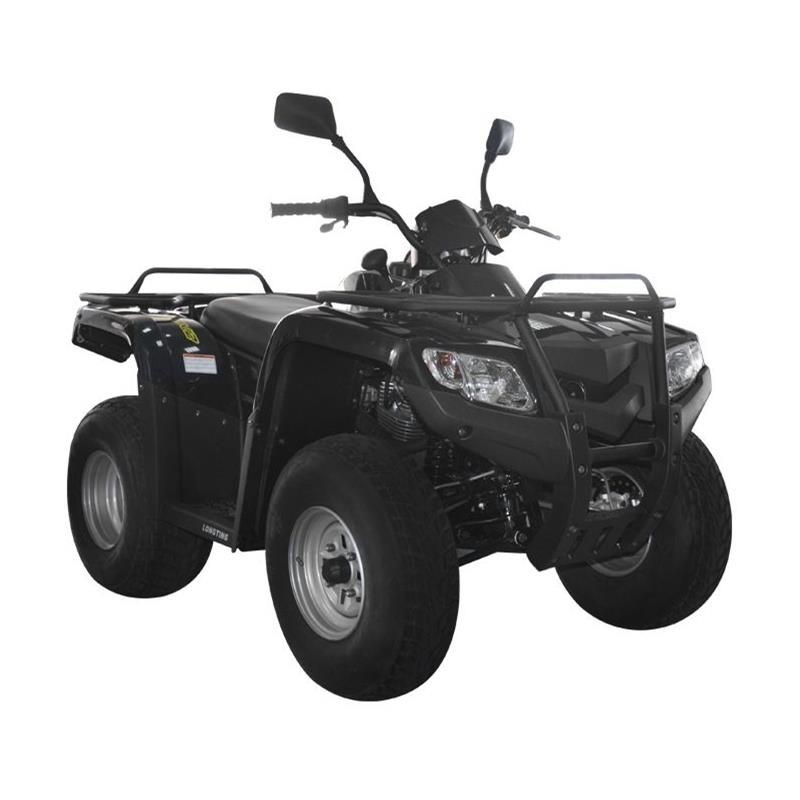
Properly preparing an engine to be shipped on a pallet is crucial. You will need to use a pallet that is larger than the engine itself. Try to have at least 4-inches of space between the edge of the motor and the edge of the pallet. Center the engine on the pallet and strap it down using either steel banding, industrial plastic straps, chains, strong ropes, or durable ratchet straps.
Even though you are not using a crate to ship your engine, you will still want to protect it during transport. To do this, use pieces of cardboard to cover the sides and top of the motor. Ideally, you would use shrink wrap to hold the cardboard in place, however, durable rope or twin would work as well.
Read More About Pallet Shipping
Shipping an engine on a pallet is not recommended since most carriers will deny the pickup. With that said, if you do decide to ship an engine on a pallet, please contact us so that we can find the right LTL carrier for the job.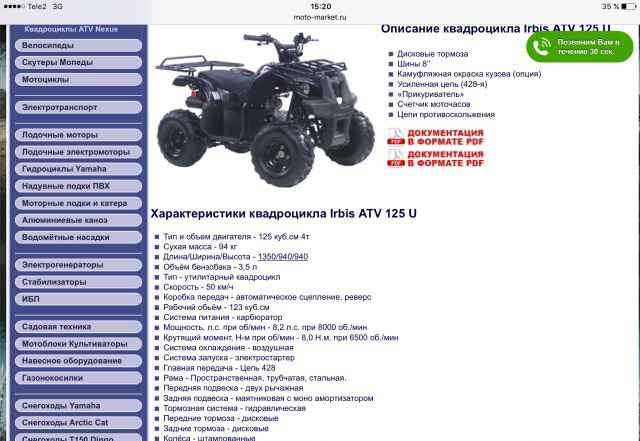 We have experts standing by ready to answer any of your engine-related shipping questions.
We have experts standing by ready to answer any of your engine-related shipping questions.
Properly preparing an engine to be shipped on a pallet is crucial. You will need to use a pallet that is larger than the engine itself. Try to have at least 4-inches of space between the edge of the motor and the edge of the pallet. Center the engine on the pallet and strap it down using either steel banding, industrial plastic straps, chains, strong ropes, or durable ratchet straps.
Even though you are not using a crate to ship your engine, you will still want to protect it during transport. To do this, use pieces of cardboard to cover the sides and top of the motor. Ideally, you would use shrink wrap to hold the cardboard in place, however, durable rope or twin would work as well.
Read More About Pallet Shipping
When it comes to the cost to ship an engine, less-than-truckload freight (LTL) is the most economical option.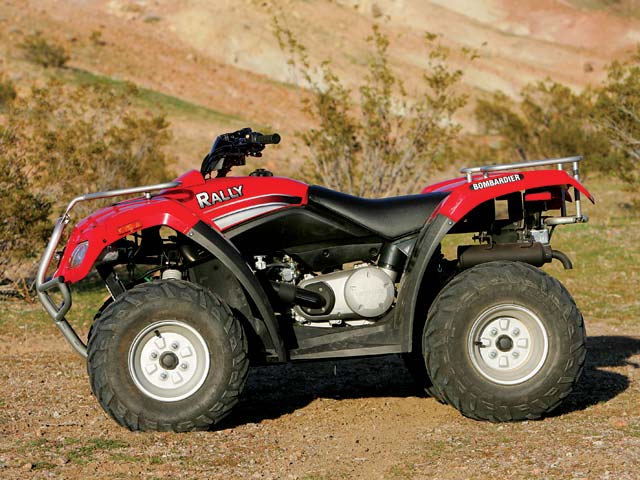 Not only is it cheap, but it’s also fast, safe, and easy.
Not only is it cheap, but it’s also fast, safe, and easy.
To get quotes, you could spend hours typing the same information over and over into each carrier’s individual website. Or, you could let uShip do it for you. Simply complete our LTL shipping form and you will receive quotes from multiple LTL carriers within seconds.

Not only does uShip provide discounted engine freight quotes, but we also offer other great benefits, such as:

From competitive prices to great customer service, it’s clear why so many small businesses prefer obtaining LTL freight quotes from uShip.
Measuring freight is often confusing for beginners. If you do not know how to measure your freight properly, you run the risk of paying additional fees after delivery.
Read More
The auto parts industry is discovering less-than-truckload freight (LTL) through uShip is the faster, better way to ship engines, doors, bumpers, and other large car parts.
Read More
If you have ever needed to source a transmission for an auto project, you know it takes time and hard work to find the perfect one.
Read More
Your privacy is important to us. For this reason, we have developed a Privacy Policy that describes how we use and store your information. Please read our privacy policy and let us know if you have any questions.
Collection and use of personal information
Personal information refers to data that can be used to identify or contact a specific person. nine0003
You may be asked to provide your personal information at any time when you contact us.
The following are some examples of the types of personal information we may collect and how we may use such information.
What personal information we collect:
How we use your personal information:

Disclosure of information to third parties
We do not disclose information received from you to third parties.
Exceptions:
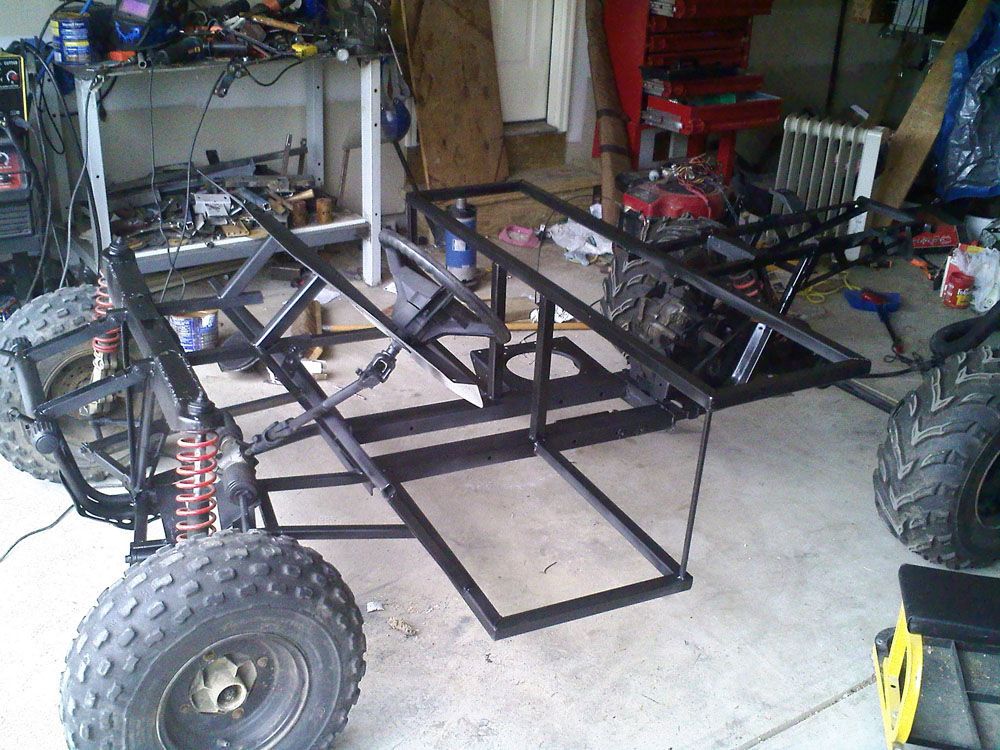 nine0016
nine0016 Protect personal information
We take precautions—including administrative, technical, and physical—to protect your personal information from loss, theft, and misuse, as well as from unauthorized access , disclosure, modification and destruction. nine0003
Company Level Privacy Practices
To ensure that your personal information is secure, we communicate privacy and security practices to our employees and strictly enforce privacy practices.
By leaving a request on the site motofurgon.rf and motofurgon.ru with your name and phone number
, you consent to the processing of your personal data in accordance with the policy described above. nine0003
You can contact us if you have any questions by calling the toll-free number 8 800 222 911 2
Photo pravdapfo. ru
ru
Surely every owner of an ATV every now and then has the idea to fill - purely for economic reasons - ordinary automobile oil into the ATV crankcase. Well, what, after all, in principle, the all-terrain vehicle engine is not much different from the “fiery heart” of the car. However, experienced quad mechanics know how destructive a purely automotive lubricant is to an ATV motor. nine0003
Dmitry Zlenko
There is a common belief that all oils are poured from one barrel, and therefore it does not matter what kind of lubricant to use: cheap automotive or special and expensive for ATV. In reality, oils for car engines are very different from oils for quadrics.
To begin with, ATV engines always operate in very difficult conditions. Elevated temperature conditions (due to a radiator clogged with dirt) and prolonged loads lead to the fact that ordinary automotive oil poured into an ATV engine quickly loses viscosity, becoming more liquid, and therefore does not provide the necessary pressure in the system.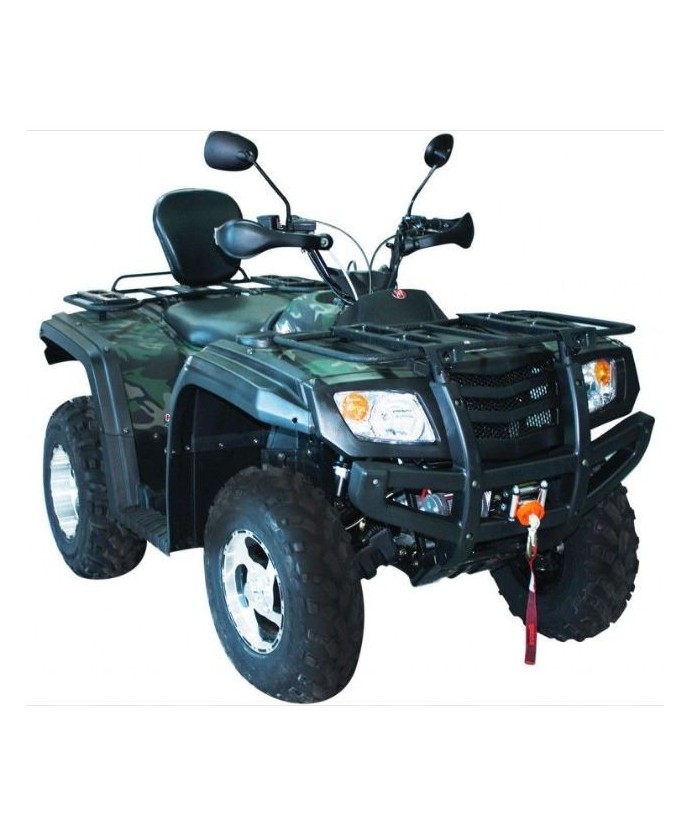 Which promises a quick death to the motor. nine0003
Which promises a quick death to the motor. nine0003
The second feature of the ATV engine is high RPM. For example, for a car, a range of 2500-3500 rpm is considered the average norm. But the ATV is just starting to take off when these thresholds are reached. The average operating mode is in the range of 6000-7500 rpm.
And ordinary car oil is not able to work for a long time in such conditions: it not only loses its lubricating properties, but begins to burn out, leaving carbon deposits on the insides of the engine and forming sludge (thick deposits) that clogs the oil channels of the internal combustion engine. Then there is a chain reaction: piston rings lie down, the engine begins to “eat” oil with terrible force, and ultimately the piston stands up in a dry cylinder with a stake. nine0003
Photo avtovzglyad.ru
Photo avtovzglyad.ru
But that's not all. Most modern ATV engines have a so-called oil-bath clutch (also called a “wet clutch”). Ordinary automotive oil is a killer fluid for clutch friction linings. For the normal operation of the engine with a “wet clutch”, the oil requires a whole range of additives, thanks to which the clutch does not slip and its friction clutches are not destroyed. nine0003
Ordinary automotive oil is a killer fluid for clutch friction linings. For the normal operation of the engine with a “wet clutch”, the oil requires a whole range of additives, thanks to which the clutch does not slip and its friction clutches are not destroyed. nine0003
These additives are only found in motorcycle and ATV engine oils. For example, Liqui Moly ATV 4T Motoroil Offroad 10W-40 synthetic engine oil was specially created for heavily loaded off-road motorcycles. That is, it can be poured both into the engines of side-by-side ATVs (all-terrain vehicles with an automotive layout of controls), and into the engines of cross-country motorcycles, pit bikes and enduros.
This grease is universal, and thanks to a complex of special additives, it is suitable for engines with wet and dry clutches, air and water cooling, and even for engines that have a wet type CVT. The viscosity characteristics of the product ensure stable operation of the lubrication system motor in any season.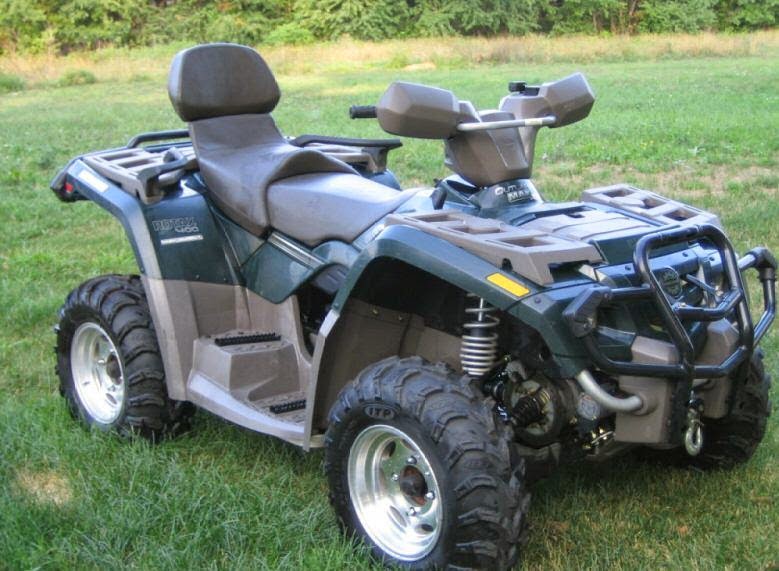 In addition, Liqui Moly ATV 4T Motoroil Offroad 10W-40 has excellent resistance to high temperatures, water and dust. nine0003
In addition, Liqui Moly ATV 4T Motoroil Offroad 10W-40 has excellent resistance to high temperatures, water and dust. nine0003
At the same time, before buying even a specialized ATV oil, be sure to study the equipment manufacturer's recommendations for tolerances for temperature, viscosity and other characteristics. After all, in 70 percent of cases, the engines of the apparatus for "mud-mixing" have one more nuance in the form of a gearbox combined with the crankcase. That is, with such a design, the gearbox is lubricated not with gear oil, but with the same oil as the crank mechanism. nine0003
Photo avtovzglyad.ru
Photo avtovzglyad.ru
In addition, there are no generators in ATV power units. The current for charging the battery and feeding the on-board systems is generated by a magneto, which in most cases is not “dry”, but “wet”, that is, it is located inside the engine and is washed by engine oil from all sides. It is no secret that the magneto winding is covered with a thin layer of varnish, which is washed out by interacting with ordinary automotive oil. nine0003
It is no secret that the magneto winding is covered with a thin layer of varnish, which is washed out by interacting with ordinary automotive oil. nine0003
Thus, the operation of the quadric on car oil will inevitably lead to the fact that the magneto closes over time and it stops producing a charge. Replacing this node, depending on the model and brand of the ATV, can easily cost a pretty penny. If you use a special oil for ATVs, then there will be no problems with washing out the varnish from the magneto winding, since such a lubricant contains a special additive that is so necessary to protect the varnish.
By the way, in the German Liqui Moly product line there is a motor lubricant suitable even for exclusive motors for which 10W-40 viscosity oil is not on the manufacturer's recommendations list. For highly forced and turbocharged ATVs, oil with the maximum degree of protection is usually used. Yes, it costs more than the average ATV lubricant, but it guarantees the smooth operation of the most modern engines. Synthetic engine oil for 4-stroke engines Liqui Moly ATV 4T Motoroil 5W-50 is the "top". nine0003
Synthetic engine oil for 4-stroke engines Liqui Moly ATV 4T Motoroil 5W-50 is the "top". nine0003
Photo avtovzglyad.ru
Photo avtovzglyad.ru
After all, the complex of antiwear additives and the base base ensure the correct and trouble-free operation of the ATV or UTV engine at the widest possible loads and temperatures, providing maximum any, even extreme, operating conditions.
The use of such a lubricant makes it possible to ensure high reliability of ATV units and ease of starting the engine even at very negative temperatures. It, meanwhile, easily mixes up with all standard oils. Detergent additives keep the engine perfectly clean, cleaning not only the oil channels, but also the walls of the motor. nine0003
It is strictly contraindicated to pour automobile oil into the motor of an ATV, because this leads to the complete and inevitable death of the power unit of the all-terrain vehicle.